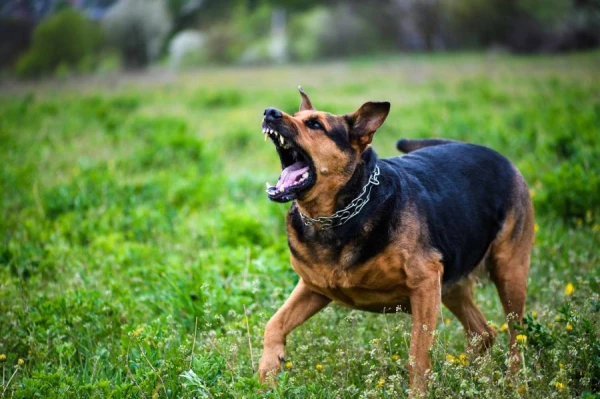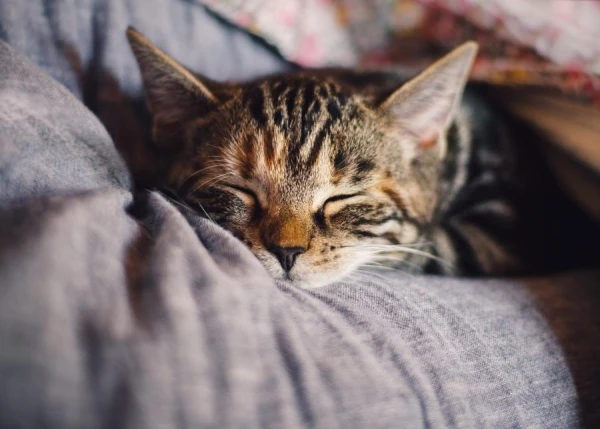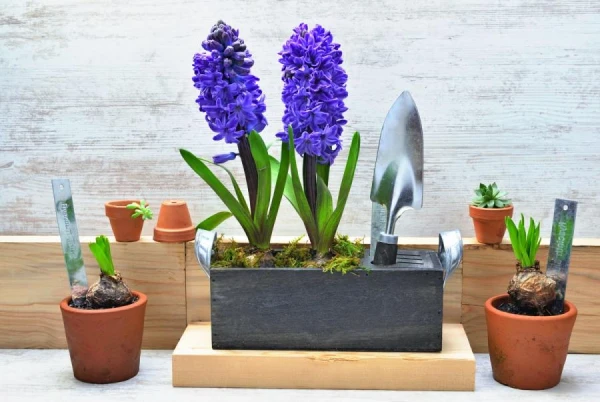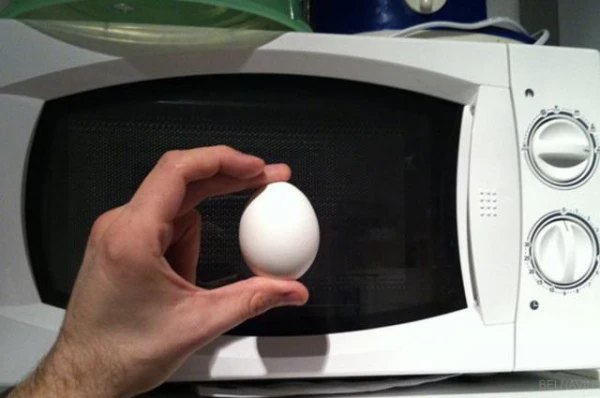
Loneliness for several hours is a serious challenge for most pets, and if it involves half a day and happens regularly, it becomes real stress. We will tell you how to gently prepare your pet for constant separation and teach them to wait for your return home calmly.
Tire Your Pet Out Before Leaving
If you want your pet to sleep peacefully for most of the workday, try to tire them out well before you leave. For example, take your dog for an active walk — with games, fun sprints, and practicing commands. With a cat, it’s enough to play a bit so they can hunt, jump, and run around. The only downside is that you’ll have to get up half an hour earlier, but your friend will cope with hours of solitude much more easily.
Feed Your Pet Before Leaving
A well-fed animal always feels calmer and sleeps better. Don’t forget to fill your pet’s bowl before heading off to work. Ideally, wait until the dog or cat has eaten before leaving the house.
If your pet eats frequently and in small portions, make sure to leave them a supply of food. This will also help reduce anxiety: it’s important for the animal to know that there is enough food, even when the owner is not around.
Leave a Toy
This trick is especially effective for young and active animals. For a few days, take away your pet’s favorite toy, and before leaving the house, ceremoniously hand it back to your dog or cat.
A ball or squeaky toy will capture your pet’s attention and help them entertain themselves while you are at work. It’s worth periodically changing the toys so that your pet’s interest in play doesn’t fade.
Check for Water
Animals need to always have access to clean drinking water. Otherwise, they may become anxious and fear that they will be thirsty in the absence of their owner.
Ideally, have two water bowls placed in different locations. If the cat or dog accidentally tips one over, there will be a second one left.
Hide Treats
There are now smart toys and special bowls where you can hide your pet’s favorite treats. To get the goodies, the animal will have to work for them. This is a great way to keep your pet occupied and delight them with a treat.
You can also simply hide treats in unexpected places so that the dog or cat finds them in your absence. However, be careful when choosing treats. For example, bones with sharp edges are not the best option. It’s better to choose something safe so that your pet doesn’t get hurt or choke.
Leave Calmly
Don’t say goodbye to your pet as if you are leaving for a month. Try to make the separation process short and upbeat.
Watch your tone of voice: it should be affectionate but not pitying. Otherwise, your pet may think that something unpleasant is about to happen and start to feel anxious. Your task is to instill calmness and confidence in them.
Don’t sneak away unnoticed. Indicate that you are leaving and be sure to say that you will be back soon. The dog or cat won’t understand the specific words, but they will sense your optimism well.
Spend Time with Your Pet in the Evenings
After work, many of us dream of settling into our favorite chair with a cup of tea and diving into the world of books or movies. However, it’s worth making an effort to interact with your pet. This will be the best reward for them for the hours they spent waiting.
Install Cameras
This is worth doing if you find damaged items, chewed slippers, or puddles all over the apartment every time you return. Or if neighbors complain that your pet barks loudly or meows incessantly all day.
It makes no sense to scold the animal after everything has already happened — it simply won’t understand why you are angry. But figuring out why it behaves this way is very important.
Observe its behavior in your absence. Perhaps loud noises outside frighten it, or it simply lacks toys. If the reason is not obvious, you can consult a pet psychologist. They can help you understand why your pet reacts this way and suggest ways to solve the problem.
Gradually Change the Routine
This is especially important if you have been working from home or, for example, on maternity leave, and then returned to office work. Sudden changes in the usual routine can cause serious stress for the animal. Therefore, try to act smoothly and gradually accustom your pet to your long absence.
For example, if the dog or cat is used to you being gone for an hour or two, start gradually increasing the time you are away — leave for 2.5 hours, then three, and so on. And shift the time of departure to gradually adapt to your work schedule.
Get a Friend for Your Pet
This solution is suitable for the bravest and most responsible owners. If you want your pet not to feel lonely, consider bringing another “tail” into your home. It doesn’t necessarily have to be the same species or breed. For example, many dogs get along well with cats and vice versa.
Of course, it’s important to consider the character and nervous system of your pet. If they generally get along well with other animals, they will likely enjoy spending time with a new friend. But if your fluffy friend is an introvert with a sensitive nature, it’s better not to take the risk.














Leave a comment